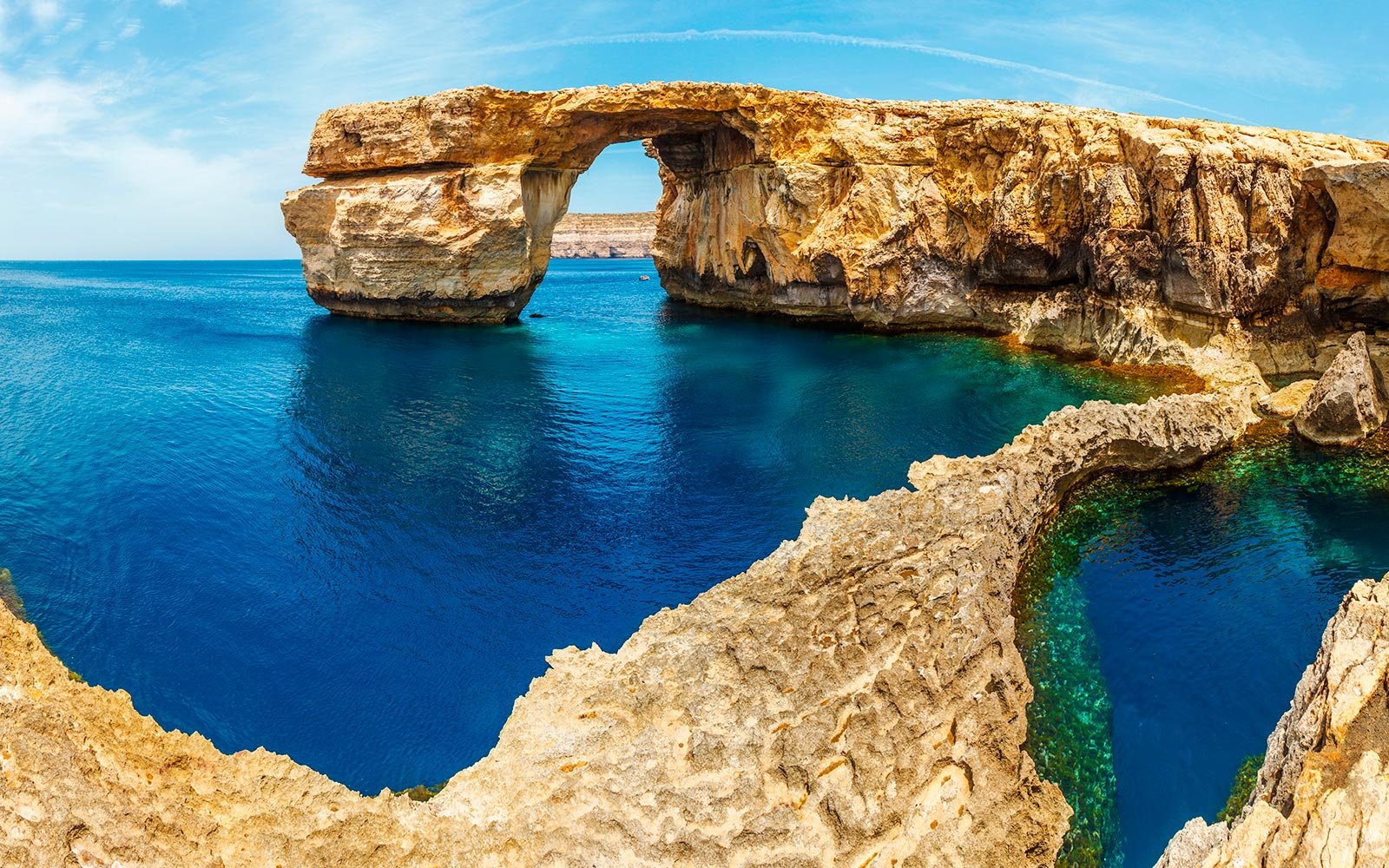2018-11-12 16:49 |
CoinSpeaker
[De]centralized EOS Network Adds Its First Stablecoin CarbonUSD, Debates Unfold
Someone on Reddit under the name AUTI9003, posted a photograph which demonstrated arbitrators on the EOS network in action, reversing confirmed transactions. A “judge” is referring verses from the EOS blockchain’s constitution, and trying to resolve a dispute between two account holders.
The claimant accused an unidentified individual of possessing private keys to its EOS account via a phishing attempt. The user reached out to the EOS with a complaint and the network chose one Ben Gates as an arbitrator to resolve it, under the management of another individual called Moti Tabulo.
The rulling says:
“Under the powers afforded to me as arbitrator under article 6 of the Rules of Dispute Resolution, I, Ben Gates, rules that the EOS account in dispute should be returned to the claimant with immediate effect and that the freeze over the assets within the said account is removed.”
EOS is a relatively new blockchain protocol in the crypto-sphere. It’s ICO, which began in June 2017, went on for a year and ended in June 2018. The ICO raised over $4 billion without a live product, thus becoming the most successful ICO to date according to the funds raised.
Prominent names including Peter Thiel, Bitmain, Louis Bacon, Alan Howard, and Mike Novogratz’s Galaxy Digital have invested in the platform.
This announcement was soon pretty much criticized by other Reddit users who asked why anyone would use EOS over a bank account and traditional legal system. In fact, blockchain testing firm Whiteblock recently found that the network had fewer features of a decentralized blockchain than that of a cloud computing service.
The project is now also questioned over its scalability solutions. If we, for example have 100 accounts that are phished in an attack, that means that each of them creates a “case” on the EOS portal, each of them present evidence, the other party responds, then the EOS gods come to a decision. From this ruling it seems that it takes almost a month or more from freezing the account, hearing both sides, taking a decision.
Many also argue that why would a crypto user find EOS better than any traditional legal system, given its high authority over the network.
Daniel Larimer, one of the creators of the EOS protocol said in an interview that decentralization is not what they are after.
He said:
“What we’re after is anti-censorship and robustness against being shut down.”
In June, EOS “froze” seven accounts that were suspected of having been compromised through phishing scams, with EOS Block Producers (BP) shortly after reportedly receiving a separate emergency order to stop the processing of transactions for 27 accounts with reasoning to follow.
In November, a report was circulating about EOS not being a true blockchain. There are other people in the blockchain world who would agree with at least some of the statements from the report.
According to Whiteblock, the “world’s first blockchain testing company,” EOS may claim to be blockchain but it is really something else. More specifically, EOS is a distributed homogeneous database management system.
Whiteblock hammers EOS further calling it just a cloud service:
“EOS token and RAM market is essentially a cloud service where the network provides promises for computational resources in a blackbox for users to access via credits. There is no mechanism for accountability due to the lack of transparency on what Block producers are able to create in terms of computational power. EOS throughput is significantly lower than EOS initially claimed in marketing materials. EOS suffers from consensus failures and lacks Byzantine Fault Tolerance.”
CarbonUSD Becomes First EOS’ StablecoinU.S. dollar-pegged stablecoin CarbonUSD has launched on the EOS (EOS) network, only months after Carbon released it on Ethereum’s network.
Stablecoins are designed to remove the volatility associated with cryptocurrencies, and each stablecoin has a unique method of achieving this stability. In the case of CUSD, the tokens are backed on a 1-1 basis to US dollars, and funds are held in FDIC-insured accounts.
Carbon also offers a portal that provides users the facility to interact with their EOS application, and includes native smart contracts for “one-to-one redemption from tokens into real USD.”
Sam Trautwein, CEO and co-Founder of Carbon said:
“We are honored and excited to be the first stablecoin on EOS and to play such a crucial role in such a burgeoning ecosystem. Stablecoins are critical infrastructure for value and we think providing this to EOS further enhances the ecosystem.”
The announcement noted that Carbon would provide early access to the token to a select group of investors, including institutional investors, crypto exchanges and hedge funds.
Users will make deposits in fiat to the company’s banking partner Prime Bank, and the Nevada-based institution will forward it to a smart contract that will initiate the ‘minting’ of new CarbonUSD tokens. These token are then sent to the user’s wallet address.
The Carbon team believes that its unique algorithmic model gives it a distinct identity in comparison to its competitors. The team is working on interoperability of CarbonUSD, based on Ethereum, with other blockchain protocols. If CarbonUSD reaches $1 billion market cap, the team will shift the stablecoin protocol to a more robust Hedera Hashgraph public network, which is currently under development.
Just for reminder, last month Ethereum-based popular decentralized exchange protocol Bancor announced starting working on a new platform BancorX to facilitate easy cross-chain transfers between Ethereum and EOS. This platform should be acting as a bridge between the two decentralized blockchain platforms enabling easy cross-chain transactions.
[De]centralized EOS Network Adds Its First Stablecoin CarbonUSD, Debates Unfold
origin »Santiment Network Token (SAN) на Currencies.ru
|
|





















